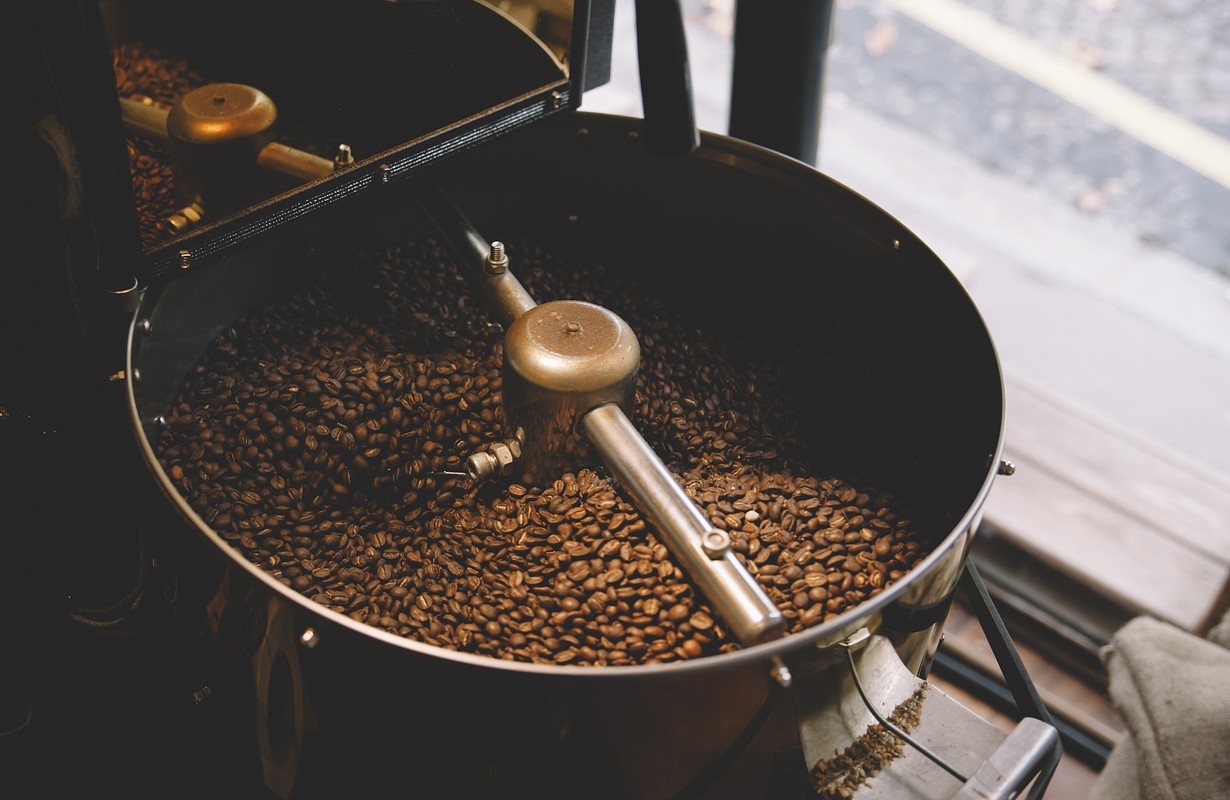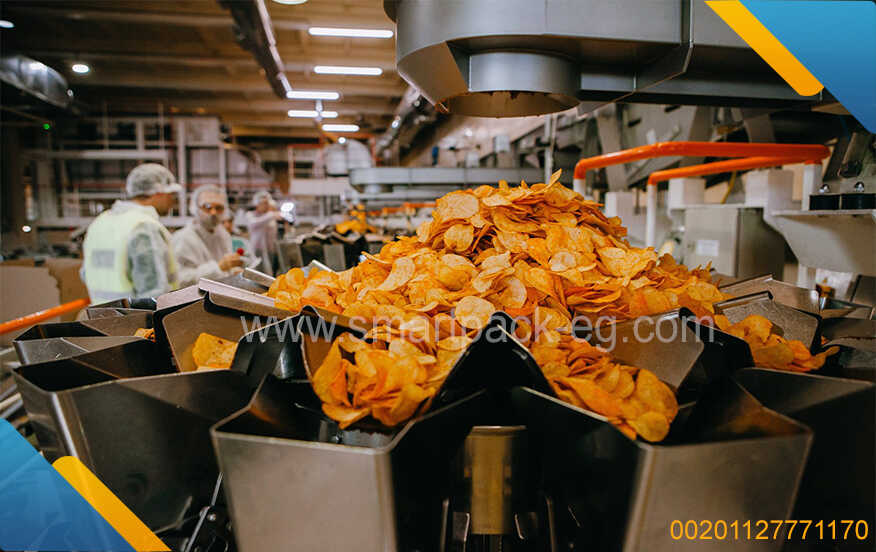Title: A Comprehensive How-To Guide for Starting Your Own Coffee Roasting Line
Introduction:
If you're passionate about coffee and want to turn that passion into a business, starting your own coffee roasting line can be an exciting venture. Coffee roasting gives you the opportunity to create unique and flavorful blends that cater to the preferences of your customers. This guide will take you through the essential steps involved in setting up your own coffee roasting line, from selecting quality beans to marketing your products.
Step 1: Determine Your Roasting Capacity
Before diving into the world of coffee roasting, it's important to assess your needs and determine how much coffee you plan to roast. This will help you choose the appropriate roasting equipment, taking into consideration factors such as batch size, production volume, and future growth projections.
Step 2: Source High-Quality Green Coffee Beans
Sourcing high-quality green coffee beans is crucial for producing exceptional roasted coffee. Establish relationships with reputable coffee importers, local farmers, or cooperative networks to ensure a consistent supply of fresh and traceable beans. Look for beans that align with your desired flavor profile and meet your customers' preferences.
Step 3: Invest in Suitable Roasting Equipment
Investing in the right coffee roasting equipment is vital to your success. Choose a roaster based on your production capacity and roasting style. There are various types of roasters available, including drum roasters, hot air roasters, and fluid bed roasters. Consider factors such as batch sizes, control systems, cooling capacity, and energy efficiency when making your selection.
Step 4: Establish Quality Control Measures
To consistently produce exceptional coffee, it's necessary to establish quality control measures throughout the entire roasting process. Develop a cupping protocol to evaluate each batch for flavor and aroma consistency. Regularly test your roasted beans for moisture content, density, and acidity levels. Keep detailed records of your roasting profiles and adjust them to optimize flavor development.
Step 5: Develop Signature Coffee Blends
Creating unique and well-balanced coffee blends is an essential part of building your coffee roasting line's identity. Experiment with various bean combinations, roast levels, and flavor profiles to find the perfect blend for your target market. Consider offering both single-origin coffees and blend options to cater to a wider range of tastes.
Step 6: Streamline Packaging and Labeling
Invest in high-quality packaging materials that preserve the freshness of your roasted beans. Consider using nitrogen-flushed bags, one-way valve bags, or airtight containers to extend the shelf life of your coffee. Design a visually appealing label that clearly showcases your brand identity and provides essential information such as roast date, origin, and flavor notes.
Step 7: Create an Effective Marketing Strategy
To generate buzz and attract loyal customers, you need to create an effective marketing strategy for your coffee roasting line. Utilize social media platforms, a user-friendly website, and targeted advertising to promote your brand. Collaborate with local cafes, restaurants, and specialty grocery stores to expand your reach. Participate in trade shows, events, and competitions to showcase your products and gain industry recognition.
Conclusion:
Starting your own coffee roasting line requires careful planning, attention to detail, and a passion for delivering exceptional coffee to your customers. By following the steps outlined in this guide, you will be equipped with the knowledge and tools necessary to establish a successful coffee roasting business. Stay dedicated to quality, innovation, and customer satisfaction as you embark on this exciting journey in the world of coffee.



 Admin
Admin 





